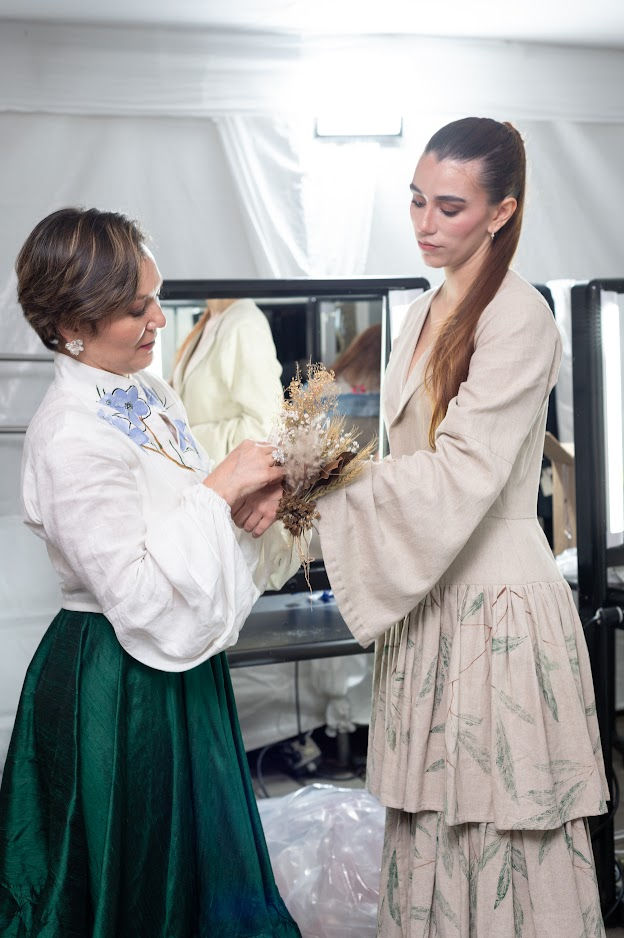Fashion design in hand-painted silk pieces
- Eve Valverde

- Jun 6, 2022
- 2 min read
It's a bit of a mystery how silk painting came to Europe, but French and Hungarian silk painters believe their masters learned the craft in France from members of the Russian Tsar's family.

As a commodity, silk was sometimes considered more valuable than gold, and was always intensely desired by the Western European elite. It is not surprising, then, that this precious material played a key role in diplomatic relations between producers and consumers.
Skilled craftsmen in the Middle Ages used silk primarily to make clothing. The political and ecclesiastical leaders of the Byzantine, Ottonian, and Salian realms dressed in silk garments for ceremonial occasions. Even though documentary sources concerning the use of vestments in the Early Middle Ages are limited, we know that they functioned as visual signifiers of authority.
Anna Muthesius, a noted scholar of Byzantine silk, coined the expression "silk diplomacy" when describing the way the Byzantines treated silk. In short, every foreign ambassador who visited Constantinople received a gift of silk. From the Byzantine perspective, the importance was twofold. They considered the recipients worthy enough and assumed that the recipients would recognize Byzantine authority over them.
In the 1920s, hand-painted silk designs began to appear in French haute couture.
There are many silk painting techniques, but if we talk about the most contemporary, we can mention the gutta resistance technique. It dates to India in the 2nd century AD and to Java 200 years later.
These techniques probably spread to the Indonesian islands, where pallaquium trees, from which gutta is derived, grow naturally.

Eve Valverde is the fashion design brand that has promoted this art in Costa Rica by using silk fabrics hand-painted by the designer using different techniques, which guarantees exquisite unique pieces expressed in blouses, skirts, dresses, etc. The process that we follow at Eve Valverde is in itself an art, it is methodical, and it respects the tradition and techniques of different cultures that, as we have seen, have historically deposited roles related to diplomacy in silk art.






Comments